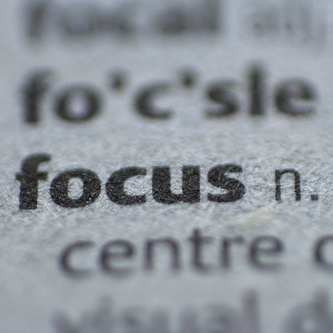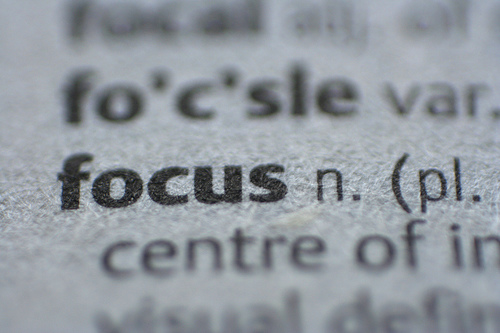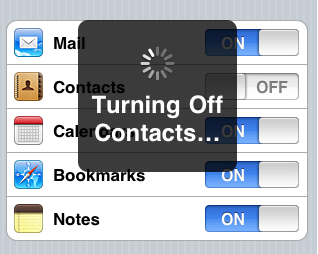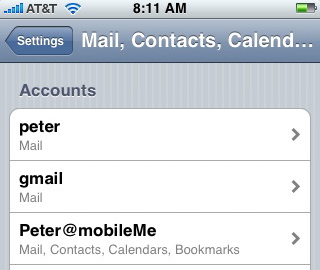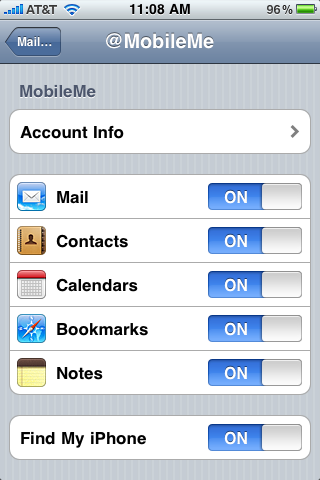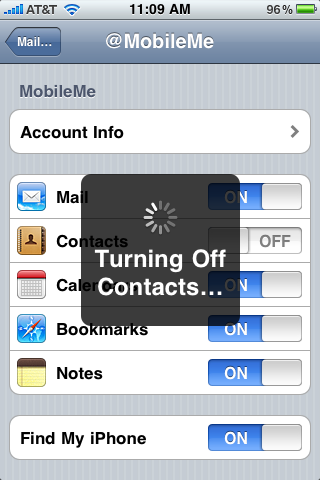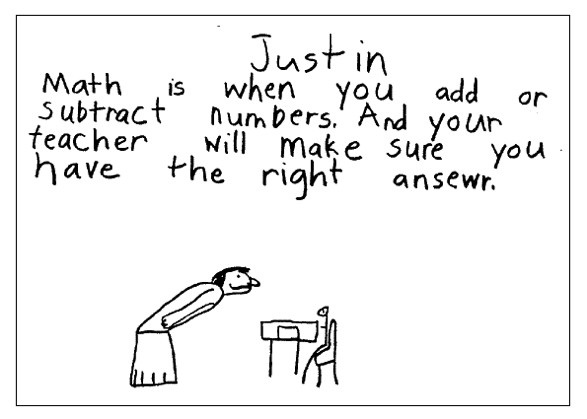Newsweek Magazine recently discovered “The Creativity Crisis.”
“… Since 1990, creativity scores have consistently inched downward.”
Creativity is on the decline among our children. Walk into many classrooms and you’ll see why. Our kids are too busy being force-fed a diet of “test-prep” to have any time to explore their learning in deeper, more open-ended approaches. NCLB marches on – narrowing the curriculum to the point that many elementary school no longer have time to devote to non-tested subjects. As if being a struggling learner is not punishment enough, students are pulled out of art and music – classes that offer hands-on learning and outlets for their creativity. What awaits them is likely “drill and kill’ that doesn’t sound like much fun for students or their teachers. (Of course, daily reading, writing and application of math should be common to every class. Let music students explore the mathematical elements of rhythm and then journal what they had learned. But that’s another post!)
While NCLB began with the admirable goal of narrowing demographic performance gaps and putting an end to sorting kids on the “bell curve,” because of its myopic reliance on standardized (we don’t trust teachers) testing – it has failed. And the great irony is that while our students spend endless hours honing their test taking skills, the demand for routine skills has disappeared from the workplace. Anyone know of a meaningful and rewarding career that looks like filling out a worksheet?
What’s needed to restore creativity as the centerpiece of schools?
Creating requires both a strong foundation in content knowledge and the ability to apply that knowledge in new ways – usually across a variety of disciplines. It begins with a firm grasp of the basics and includes analyzing patterns and needs, evaluating alternatives and finally creating something new. When seen as as “a new combination of old elements,” creating is not limited to the “creative.” It’s something that all students can do.
Learning must engage student in rigorous thinking at higher levels of thinking – analyzing, evaluating and creating. Are students expected to just consume information, or are they asked to create something original that demonstrates their learning? Student must have an opportunity to figure out their own process rather than just learn “the facts,” and be given opportunities to reflect on their work and their progress as learners. For more on reflective thinking see my post: “The Reflective Student.” Readers might also enjoy my post: “9 Questions for Reflective School Reform Leaders.”
In education we have a history of “over-steering.” Let’s hope that that NCLB is declared DOA and that we rediscover a curriculum that sets our students and teachers free to explore a more engaging project-based approach. Our kids are inheriting a world with a host of problems that will require some out-of-the-box thinking and solutions.
I should note that later this week I will be keynoting at a the Project Foundry® Un-Conference – a gathering of 50 project-based-learning educators from across the country.
Image credit: Flickr / ePi.Longo


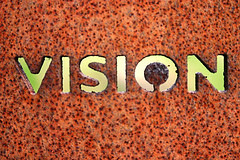 I'm proud to have been part of the creation of two small learning communities – a Ninth Grade Academy and a Summer Prep School for at-risk learners. In each case, we first assembled a team of educators to forge a common vision of teaching and learning. Then schools were organized to accomplish this vision.
I'm proud to have been part of the creation of two small learning communities – a Ninth Grade Academy and a Summer Prep School for at-risk learners. In each case, we first assembled a team of educators to forge a common vision of teaching and learning. Then schools were organized to accomplish this vision.